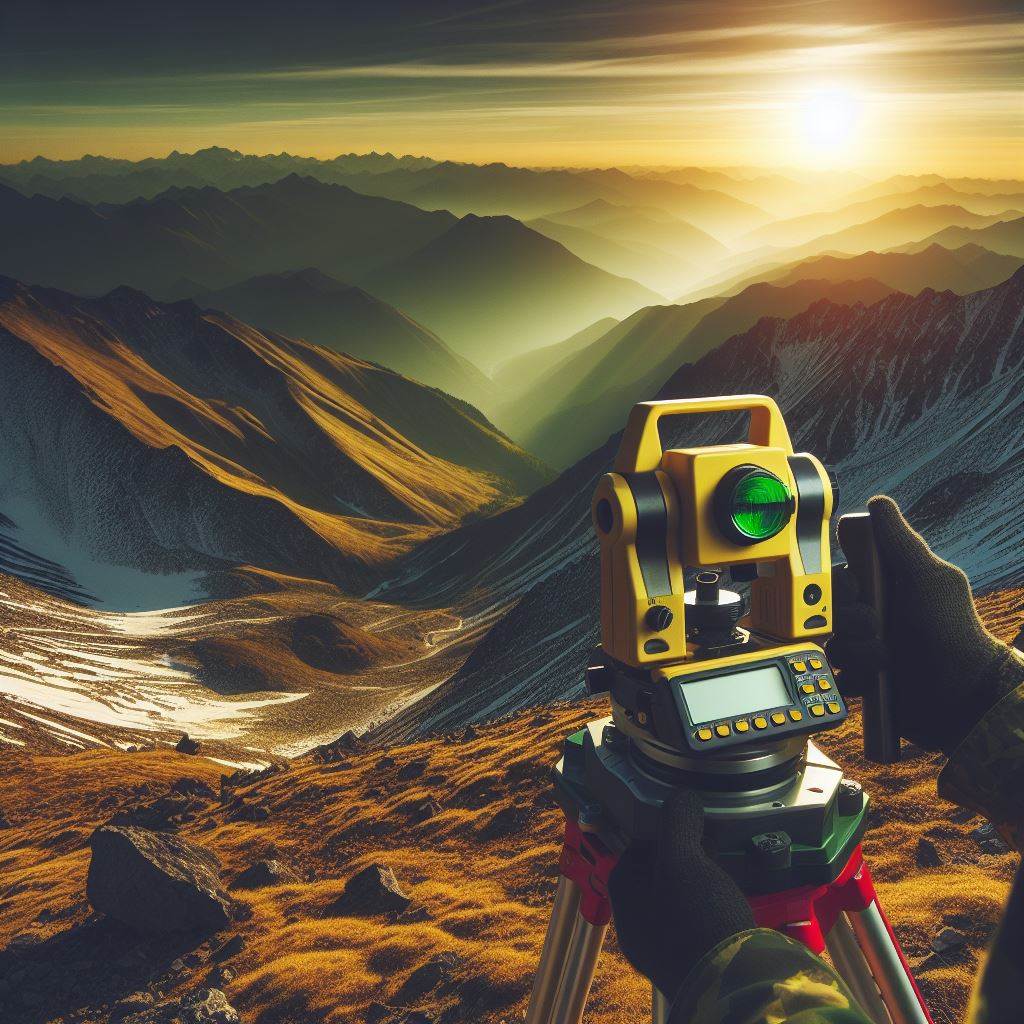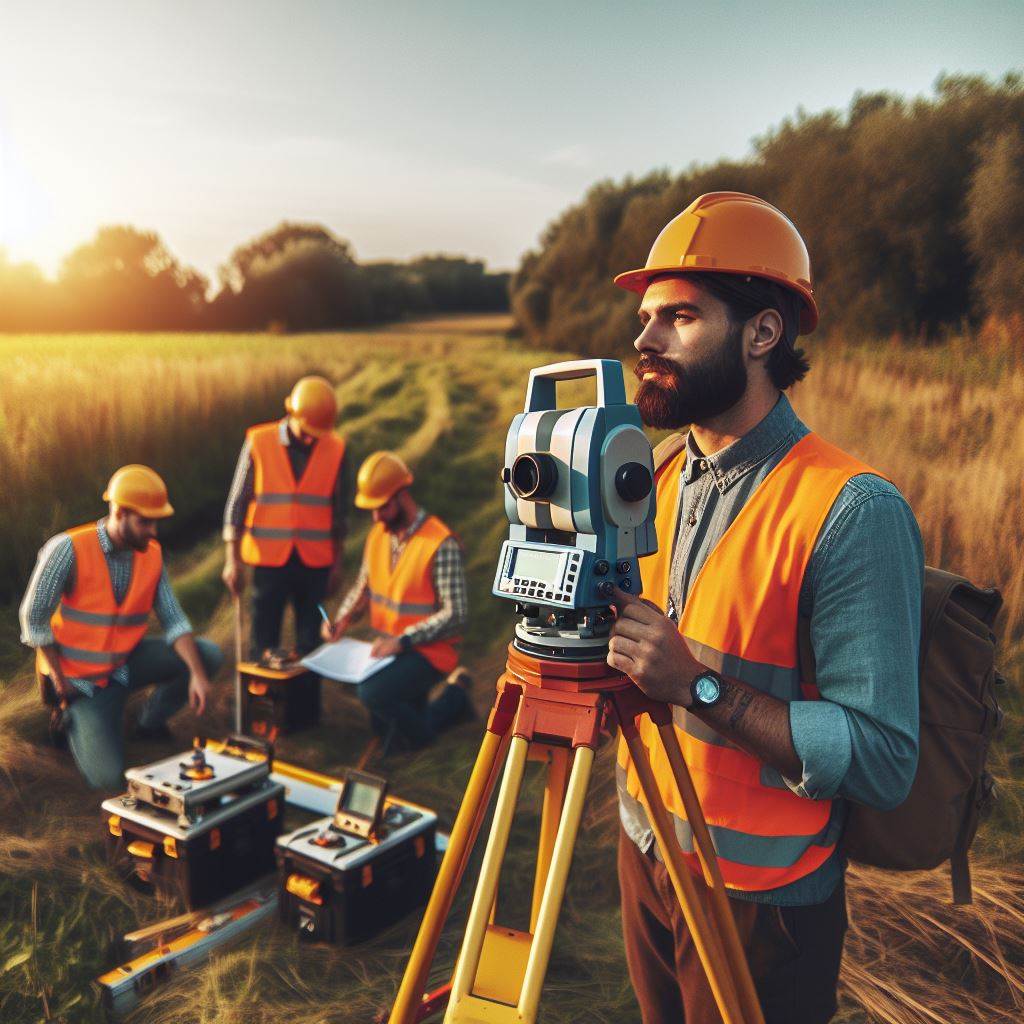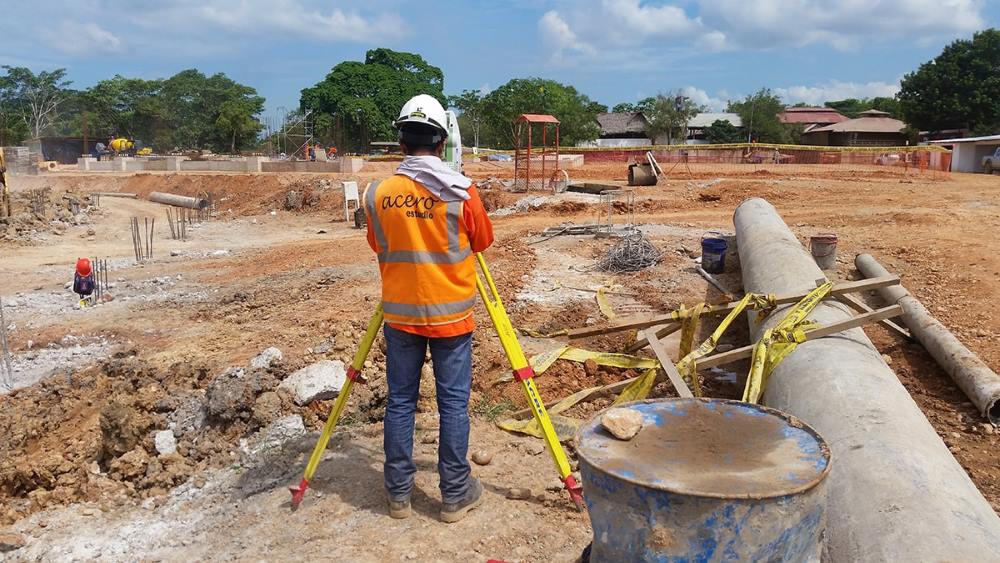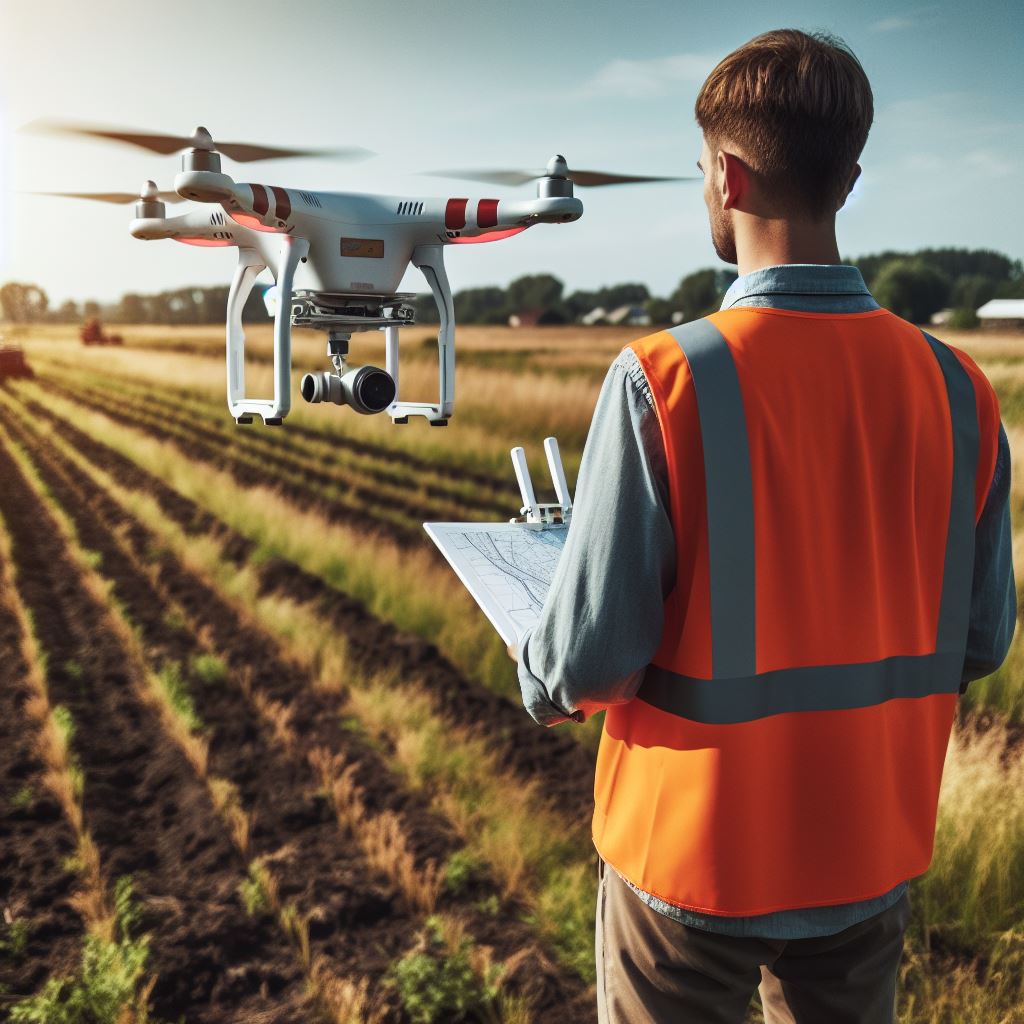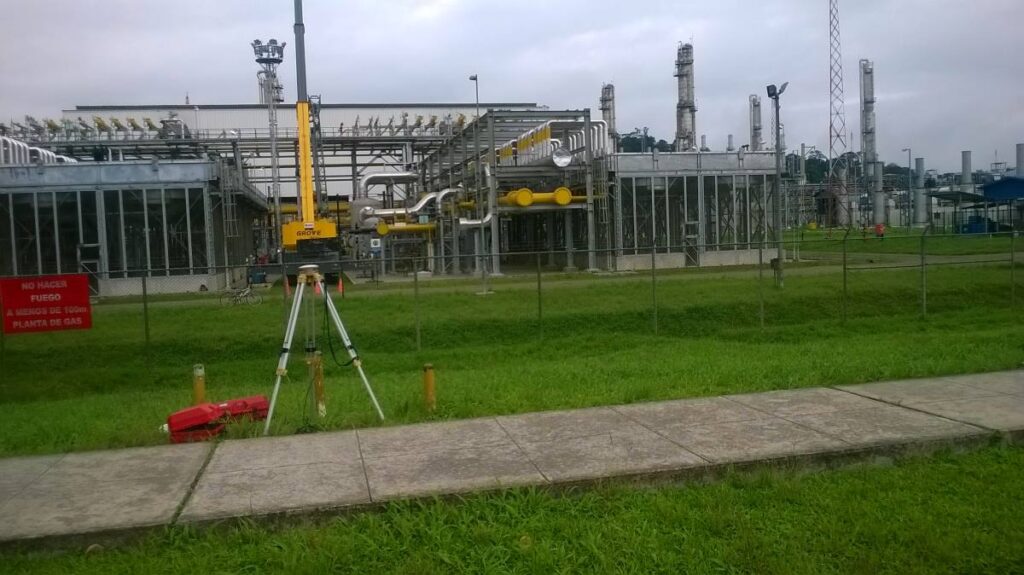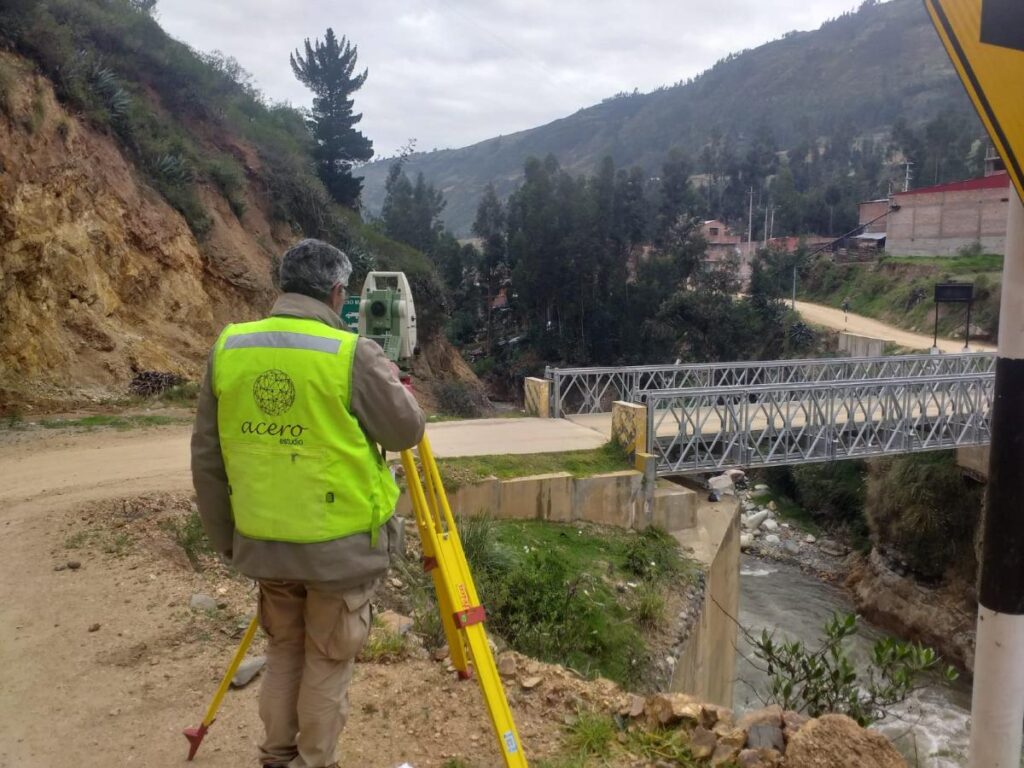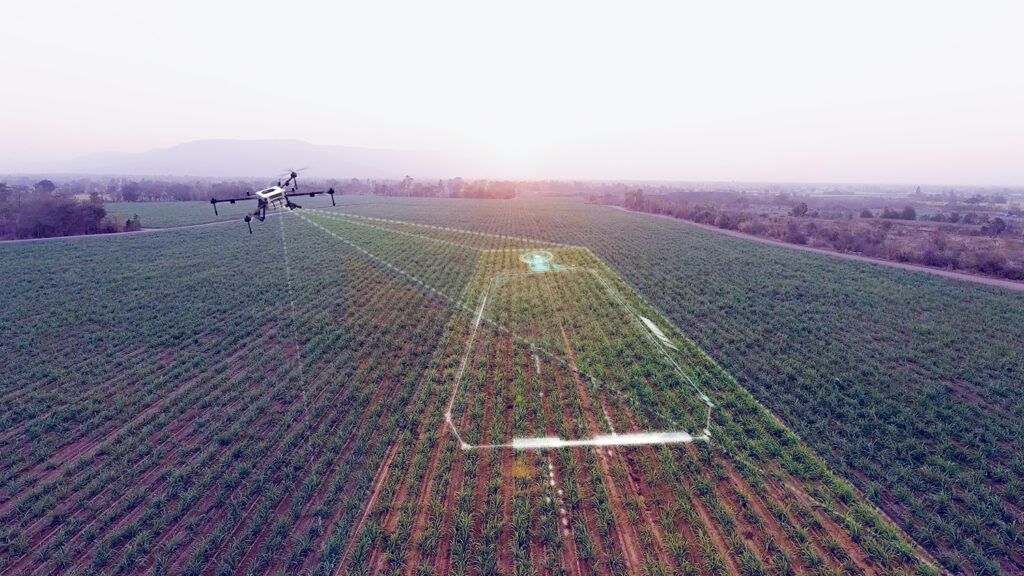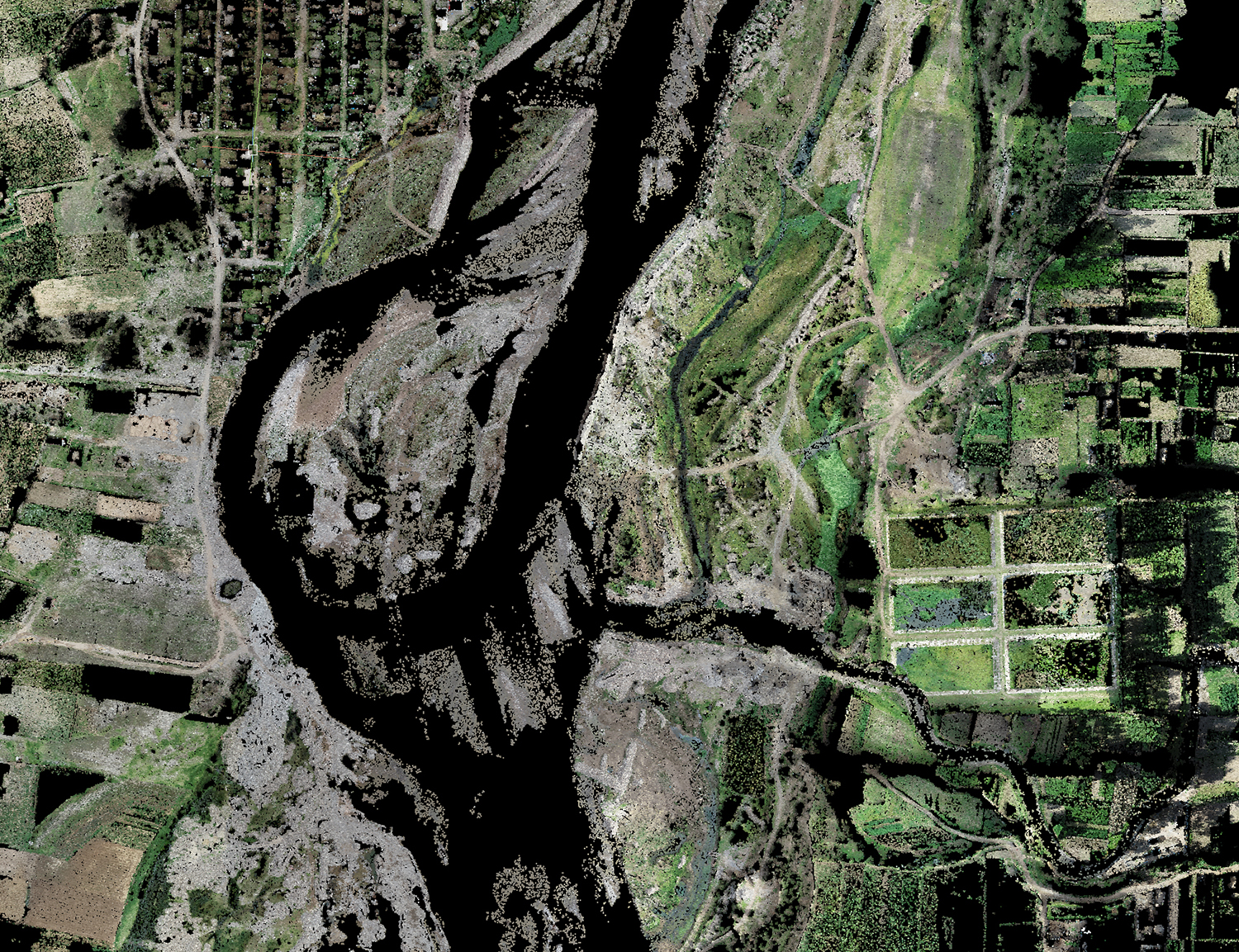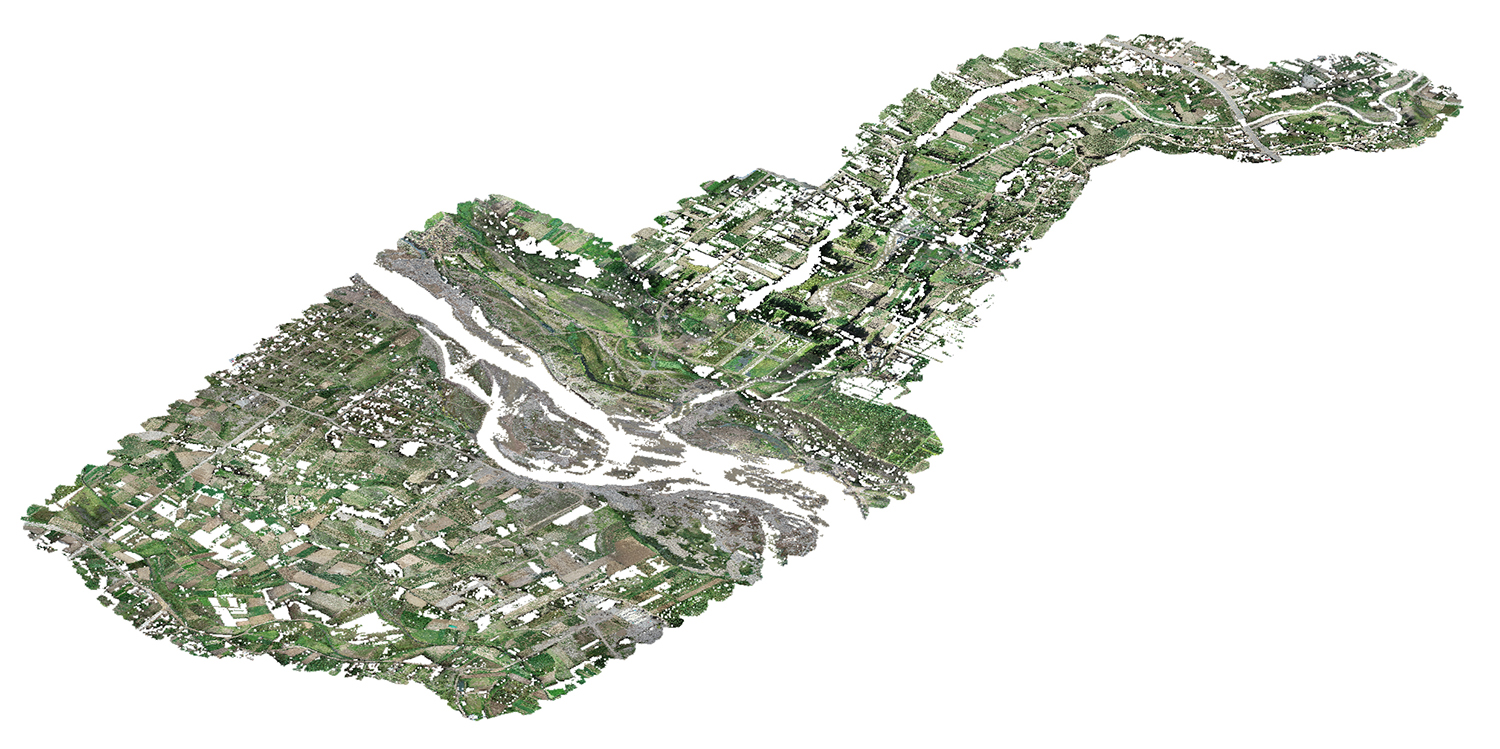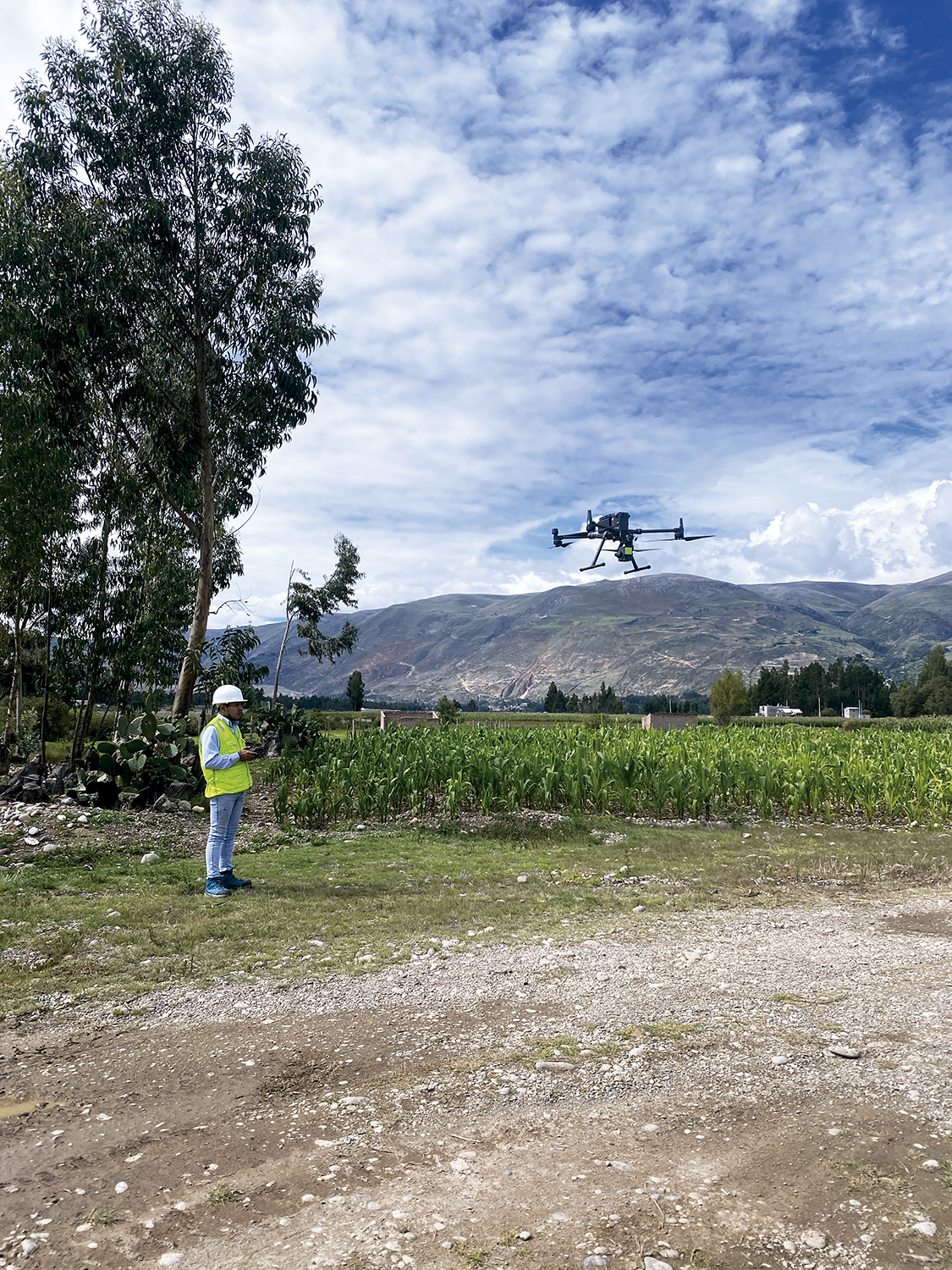We have already seen in previous articles the benefits of conducting a topographic survey before construction. In this article, we will explore the opposite perspective; that is, what are the risks of building or carrying out projects without first conducting an adequate topographic survey.
Keep in mind that this article is for reference only, as each terrain or area may have different risks, so the best approach to a particular terrain is always an on-site assessment by our specialists in topographic services.
Let’s look at the risks of developing projects without a topographic survey:
Design errors
Without a topographic survey, engineers and architects may make serious errors affecting the construction because they will create plans based on unrealistic slopes, leading to inadequate foundations or miscalculated slopes for sanitation services.
Additional costs
Rework costs are common and high in poorly planned projects. A topographic survey is an important part of the planning process; therefore, if the terrain is more irregular than expected, the topography allows us to anticipate the requirements of the project, while a project without topography cannot, leading to subsequent errors.
Risk of flooding or erosion
Avoiding floods is important, especially in high-risk areas or areas with a history of these phenomena. During topographic work, it is possible to determine watercourse areas and avoid them to make the construction more resilient and less prone to future flooding.
Drainage failures
Terrain topography influences the drainage of rainwater and groundwater. A topographic study allows us to understand the surface configuration of the area so that engineers and architects can develop plans correctly without problems of accumulation or other issues affecting construction stability.
As you can see, building without an adequate topographic survey entails a series of risks that can affect the safety and viability of any construction project. Contact Acero Estudio, a company specialized in topographic services in Spain and Peru; we are at your service.



